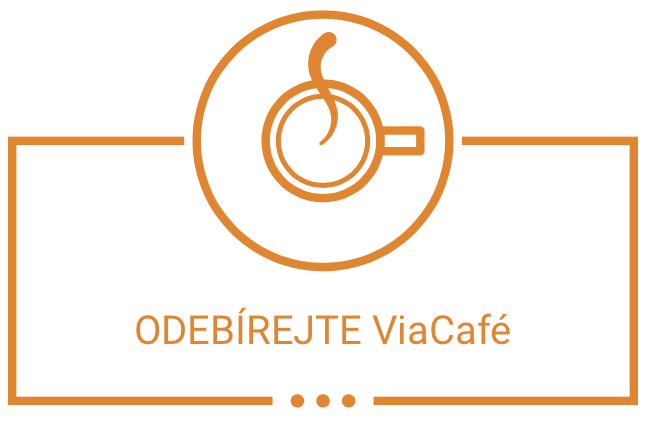Lithuanian community artist Vita Gelūnienė is Alumni of the international program ViabilityNet 3.0. Vita used to work as a studio artist and teacher at the Vilnius Art Academy. She was one of the founders of the ‘Kaunas Biennial’ international art festival. Ten years ago, when Vita met Irish artist Ed Carroll, the focus of her artistic practice changed. In 2009, Vita and Ed initiated a series of projects in public spaces called ‘Friendly Zone’ and eventually their art became grounded in their own neighborhood of Šančiai (in Kaunas).
In the centre of Šančiai is a wasteland called the ‘Cabbage Field’, part of a vast area used as a military territory from the mid-19th century until 1993, when the last Russian soldiers left Lithuania. Then the area became a no man’s land. “We felt an urgent need to reclaim this land, which was still in public ownership, and to create a public space that would show the budding potential of the local community and its creativity,” the artist couple says.
Anna Batistová spoke with Vita and Ed about their work.
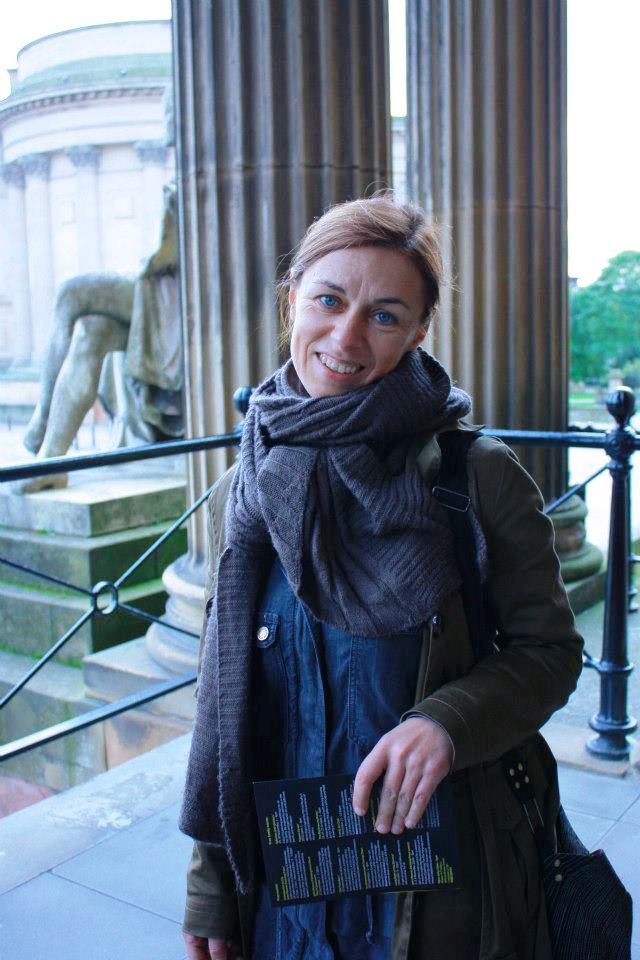
How would you describe the kind of art you practice?
Vita: We are community artists working with people to create the aesthetics of an experience of publicness. We are not focused on creating the object, but on creating the conditions for co-operation, co-creation and solidarity, through which social networks emerge.
Ed: We work with other people, sometimes with more than 20 committed co-producers, in between community, culture and politics.
What leads artists to become artist activists?
Vita: There is no other way for an artist to be other than to be public. We work to connect art and the social context. We build our practice on values related to civil society, human rights and social justice. Trying to live according to our values, we are drawn to other people and public spaces. A good public space is where uncommon thinkers get together, so you have to step outside your comfort zone, take action and speak out for yourself and for others. There are always reasons why we speak out, some issues that are burning and that go against our own internal compasses. Conflict is a driving force and we respond to it in our own artistic language.
You have quite a lot of experience working abroad. What led you to invest most of your time into the community in Kaunas?
Ed: Actually, our world is very small. We just look outside our little window. Yes, we have worked in various places – in Dublin or in St. Louis, but most of that happened in small contexts. We’re more at home in small corners of a city rather than in big areas. We like areas that are not so well known, off the radar but have real people living there. We devote well over 80% of our time to work here in Kaunas.
Vita: The parachuting type of art activism, when you drop down into a community to do one project and move away, is not for me. The way I really like doing things is through connectedness and rootedness in the place. It opens up a different relationship with people. This kind of practice is based largely on mutual trust. When we work in the community, we are always relying on other people, and other people rely on us. Together we imagine how to create something greater and more powerful than the individual alone can do. This type of relationship requires engagement in the process and a lot of time.
It is a long-term commitment then…
Vita: Yes, but we invest in the place where we live, so it becomes impossible to mark the separation between art and life. We are committed to what we do as long as we live here. We believe that art can improve our lives and the lives of people around us and we hope for sustainable change that will affect all of us. Co-operating and co-creating with other people creates huge energy in the neighborhood, which has a snowball effect, and to experience that is really a great gift – something unexpected that breaks into the present moment.
You wanted to transform the war-affected Kaunas site called the ‘Cabbage Field’ into a public space… How did people react to your idea to improve that part of the neighborhood?
Vita: The reputation of this neighborhood was very bad: it had been known as a criminal area for many years. Recently, its reputation has been changing and people start feeling proud of their place. Our neighborhood, and the Lower Sanciai Community Association, have already become nationally known as a community with a real cultural legacy of action. We think people and the community are proud of that.
Ed: The Cabbage Field was like a metaphor for our neighborhood, Šančiai, where heritage and contemporary expression has to be refreshed and reset. We still have so much work to do in the next three years in order to convert the winter cellars and temporary buildings into a living community asset. And we still have to mobilize more of our communities for that to happen.
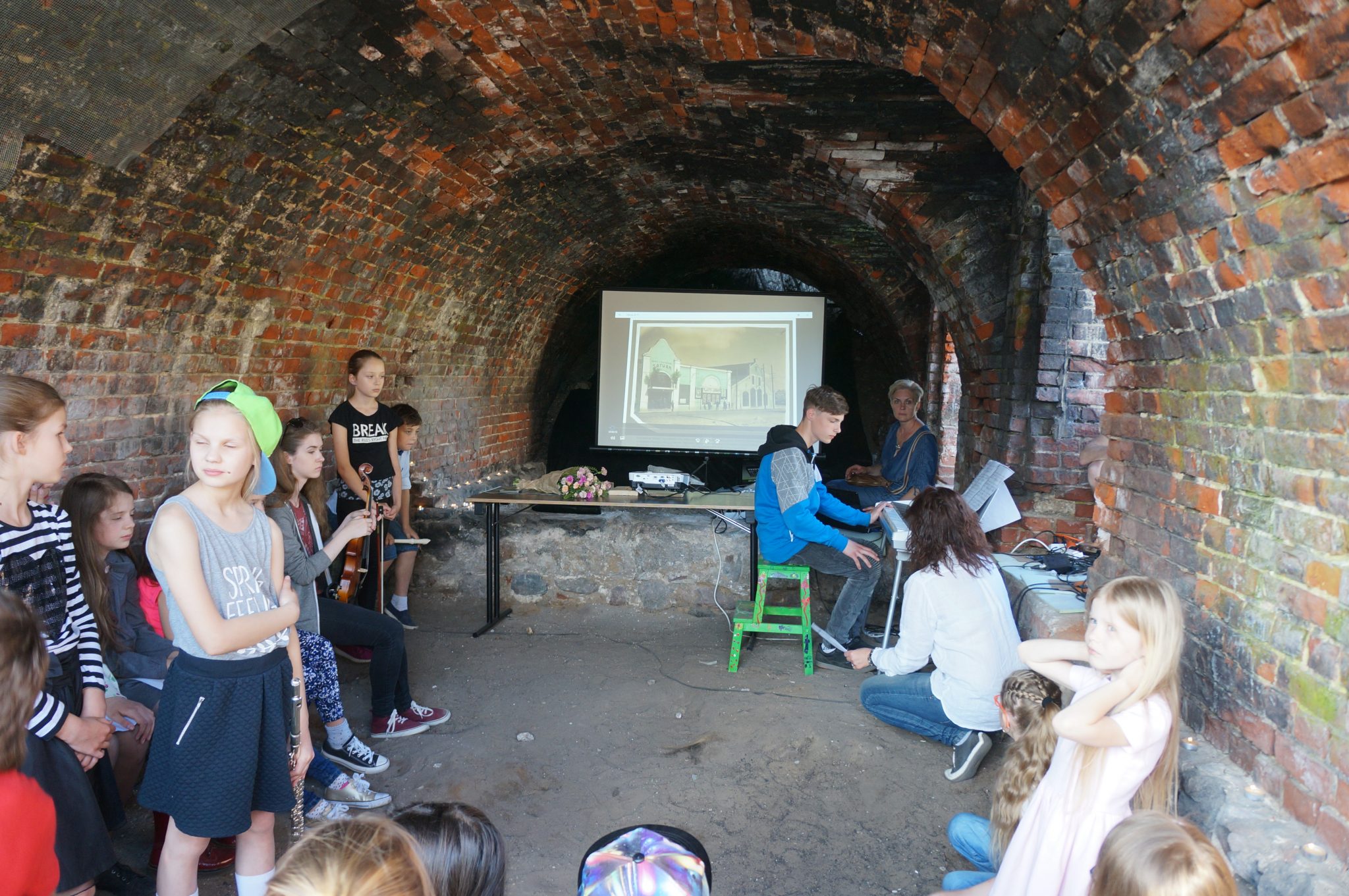
You have done plenty of things there already, but if you were about to choose just one that you are proud of, which one would it be?
Vita: Last September we organized the first community parade. It attracted more than one thousand people, who paraded in the main street of the neighborhood. In the context of the local culture, where people do not come out of their cubbyholes too often, it felt like a great achievement and a unique celebration of publicness. We also see that activities that were started a couple of years ago are really changing the lives of people we work with. For example, our actions at the Cabbage Field inspired one man who lives on the site to become an artist. Now he is working on a fire and light installation for the Christmas spectacle. That makes us very happy.
Ed: Last year, we organized the first Christmas evening at the Cabbage Field. It was a very cold and snowy day. Many neighbors came to help, but two neighbors who always told me how crazy we were to do anything on this land were the ones who helped us pack all the stuff up at the end of the evening. It took about two years of work to convince them that there might be some potential in this place. That was very nice, to see people’s perspective change.
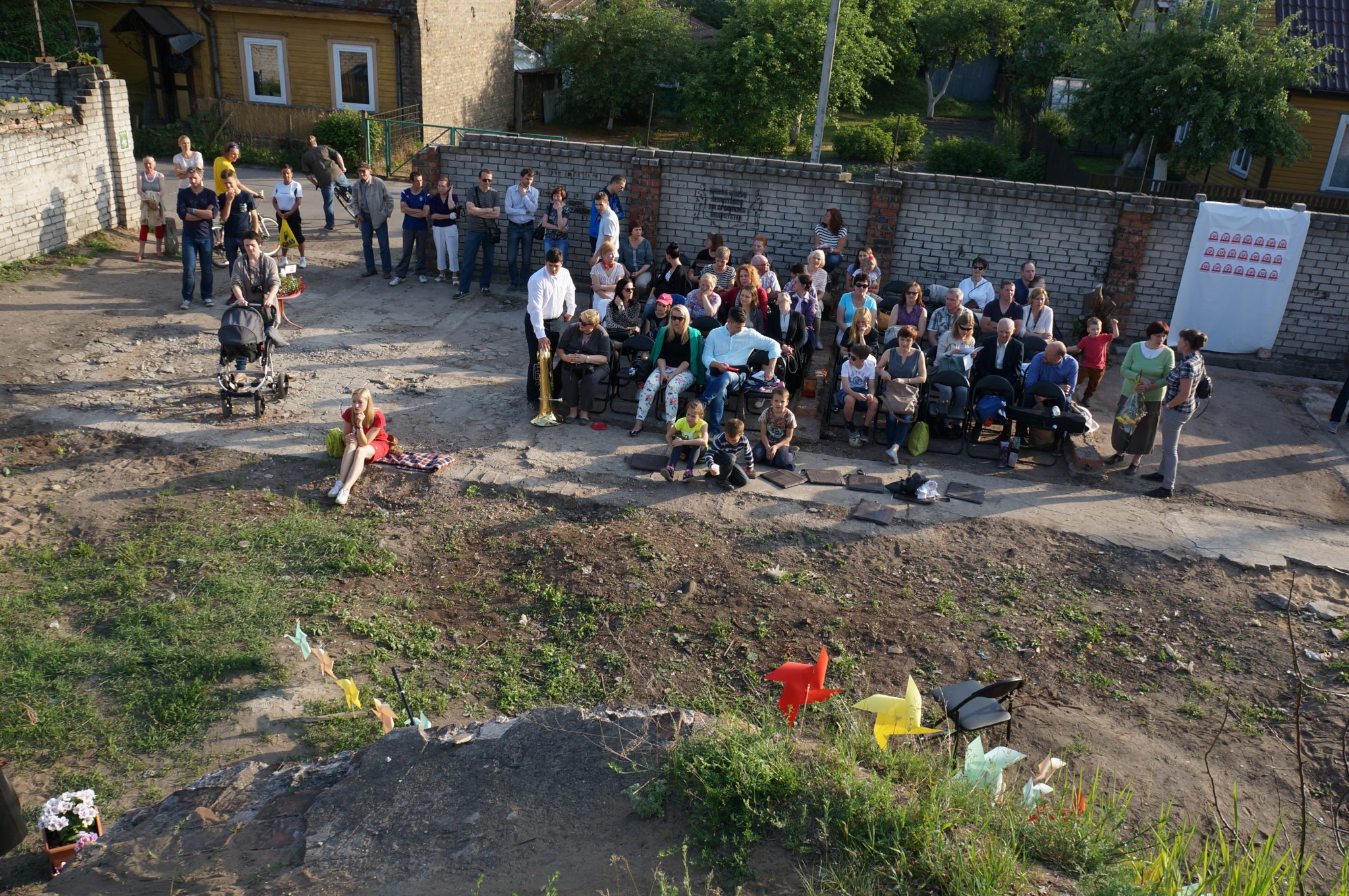
What are your plans for the next few months?
Vita: We will continue with our community culture actions and place-making at the Cabbage Field. We hope that the community will obtain a long-term permit to work on the site and on the heritage and temporary buildings. It’s a process of negotiation with the government, the municipality and businesses and it’s very slow!
We are also working with kids and teenagers who have lost their parents. We are developing a traveling cultural platform on the community bus together.
Ed: Next year is the EU Year of Cultural Heritage and we’d like to do a prototype restoration of one of the Cabbage Field’s winter cellars as well as upgrade two temporary buildings as a community asset.
Vaclav Havel’s insight seems helpful to set a frame for our work: “Civil society is an intricately structured, very fragile, sometimes even mysterious organism that evolved naturally for decades, if not centuries,”. Culture has its own responsibility to nurture civil society in the Lithuanian context with its own unique and idiosyncratic history and to re-imagine how we can live better together.
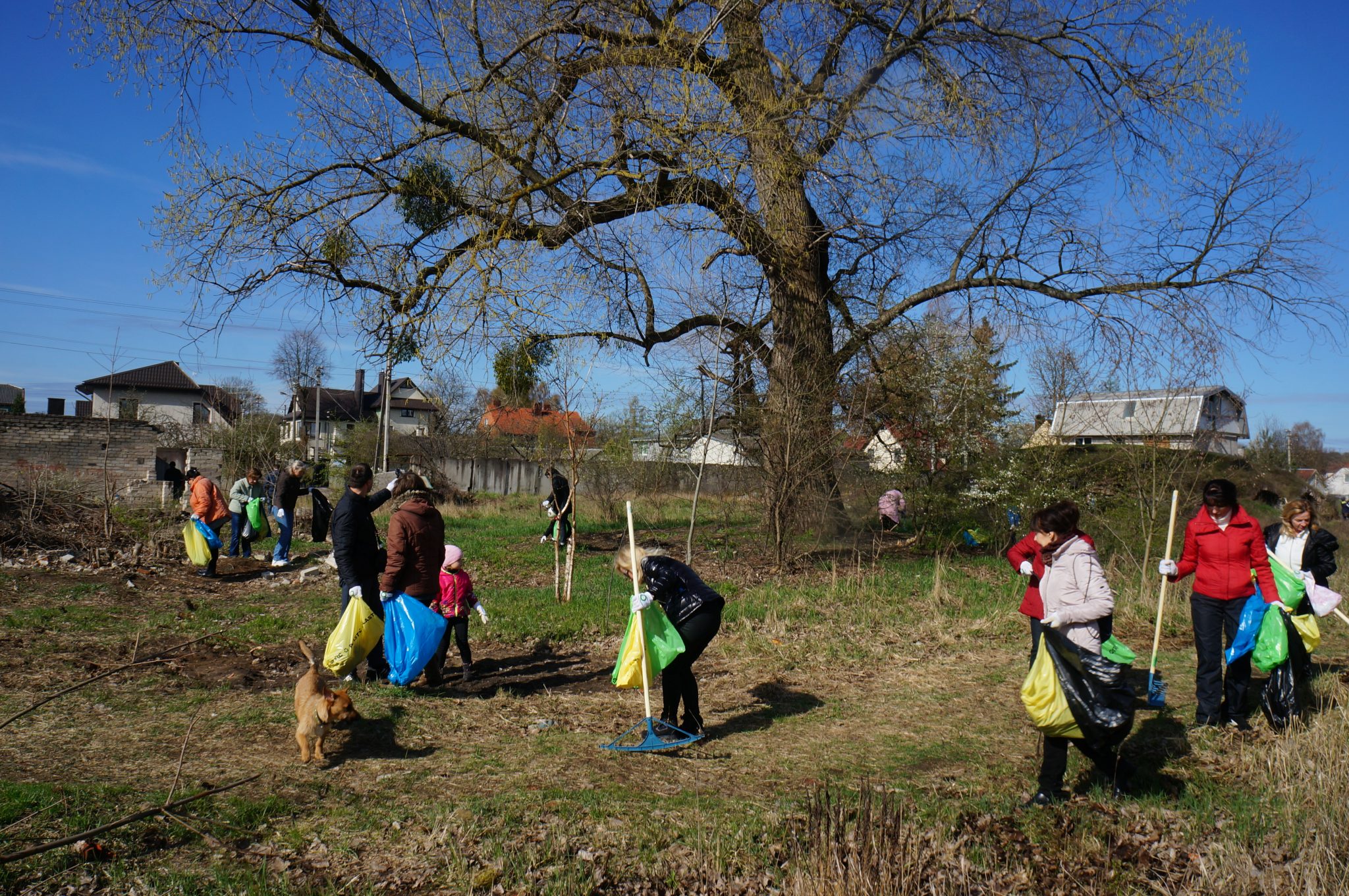
Do you feel that you have somehow personally changed through your community work?
Vita: Our work entails constant interaction with people, through which we exchange and learn, and that is certainly very beneficial for me as an artist and a person. The flows of energy create the potential for change, and we hope this change is for better.
Ed: For me personally, it is not so easy to make a direct association between the work and how it has impacted me. But I have always felt that what you get from this work comes as an epiphany or a gift.
What has the Viabilitynet program meant to you and what would your message to all potential participants be?
Vita: First of all, a big thank you to all the organizers and people who work in ViabilityNet. They were very professional and very human. The content was very exciting, too, as it created the opportunity to connect with other people, to create this very safe environment where we could all talk and understand each other, being from different countries and yet talking the same language.
Ed: I wasn’t part of the program but I went to the Prague Community Forum in 2016. The platform of solidarity that ViabilityNet created is great for two reasons. Firstly, so many activists are metaphorically at war, so this platform is important for them to take time away from the front lines and to reflect critically on how to grow peace. And secondly, it maintains the connection between Central and Eastern Europe. Most foundations today want to go global, want to go to the other part of the world, but I think there is a very particular instinct that a Czech foundation chooses to connect Central and Eastern Europe. It is something that shouldn’t be lost because there is a common history and, therefore, the potential these countries share. That is quite special.
Vita Gelūnienė (*1969) is a Lithuanian artist. Between 2003 and 2009 she was a Board member and Director of the Kaunas Biennial international art festival. Since 2009 she has collaborated with Ed Carroll on a series of projects in public spaces called Friendly Zone. In 2014 they worked to establish an association called “Žemųjų Šančių bendruomenė” (“Community of Lower Šančiai”) and Vita works as the volunteer manager of this community association.
Ed Carroll (*1960) is an Irish community artist and programmer who has lived in Lithuania for the last 10 years. In 2016, the Cabbage Field was showcased as a good practice by the International Award “UCLG – Mexico City – Culture 21” and in 2017 it joined the Council of Europe Faro Convention Network.


